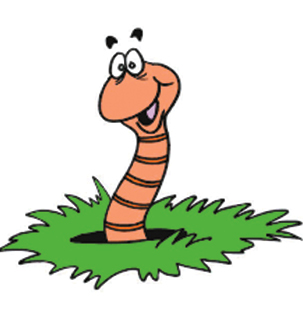 Our back yard wasn’t much to look at growing up. I attribute that to being raised with a whole bunch of brothers which necessitated a state of constant upheaval out our back stoop. We were a determined crew, armed with shovels and spoons that we had pilfered from our kitchen. With these tools we dug huge holes in the soil, we created mountains with the leftovers, and left hoses perpetually on to make a network of rivulets running through our landscape. It was nirvana. We had a few rusty Tonka trucks and a magnifying glass or two. I’m ashamed to say that we used the magnifying glasses on sunny days to fry black ants and I still feel awful about that so please don’t bring it up if you see me at Highland Park. Our parents expected us to play outside from dawn till dusk and we were glad about that.
Our back yard wasn’t much to look at growing up. I attribute that to being raised with a whole bunch of brothers which necessitated a state of constant upheaval out our back stoop. We were a determined crew, armed with shovels and spoons that we had pilfered from our kitchen. With these tools we dug huge holes in the soil, we created mountains with the leftovers, and left hoses perpetually on to make a network of rivulets running through our landscape. It was nirvana. We had a few rusty Tonka trucks and a magnifying glass or two. I’m ashamed to say that we used the magnifying glasses on sunny days to fry black ants and I still feel awful about that so please don’t bring it up if you see me at Highland Park. Our parents expected us to play outside from dawn till dusk and we were glad about that.
Spending a great deal of time in the dirt meant that we had a close association with earth worms. This was topped off by my parents’ brilliant move of hiring a sitter for us named Sophie. She was a lovely Polish woman who arrived in her straight skirt, Mary Jane shoes and pressed blouse. She had a long braid which she kept coiled around her head and there was nothing she couldn’t do. She sewed clothes for my trolls, made chocolate chip cookies, peeled the skin from our apples. Most importantly, she knew how to wield a shovel and that she did as she led us on our excavations in search of the best worms. All this in a straight skirt, I might add. So we passed hour after hour digging up worms with Sophie and we couldn’t have been happier!
As we all know, the earthworm aerates and mixes our soil all without eyes, arms or legs. They feed on live and dead organic material and breathe through pores in their skin. They are hermaphrodites and contain both the male and female sex organs in their elongated bodies. This is not to say that they can’t engage in promiscuous behavior, so if you happen upon an amorous couple lying side by side, turn your head. You may have noticed a jaunty tube top-like swelling near the front of the worm. That is where the reproductive system produces egg capsules to perpetuate the worm life cycle, and the mystique of tube-tops as well.
Of course, we didn’t know any of this when we were madly digging for worms, but that didn’t dampen our enthusiasm. Decades later, I still appreciate the lowly worm and am glad for any encounter we have in the garden. The encounters we have on the driveway after a rain are less pleasing. I find solace in one dear friend who is making a difference in the lives of earthworms. When the sun peeks out after a storm, she and her husband refuse to drive off to work in their cars until they have carefully picked up each worm who has found itself stranded on their patch of driveway. With a skip in their step, they return these annelids to the soil. When I drive by and witness their selfless act, I am reminded of the good in people. The worms live to see another day and do what worms do best. As Aristotle put it, “Worms are the intestines of the earth.” Not the most pleasing visual, but spot on.